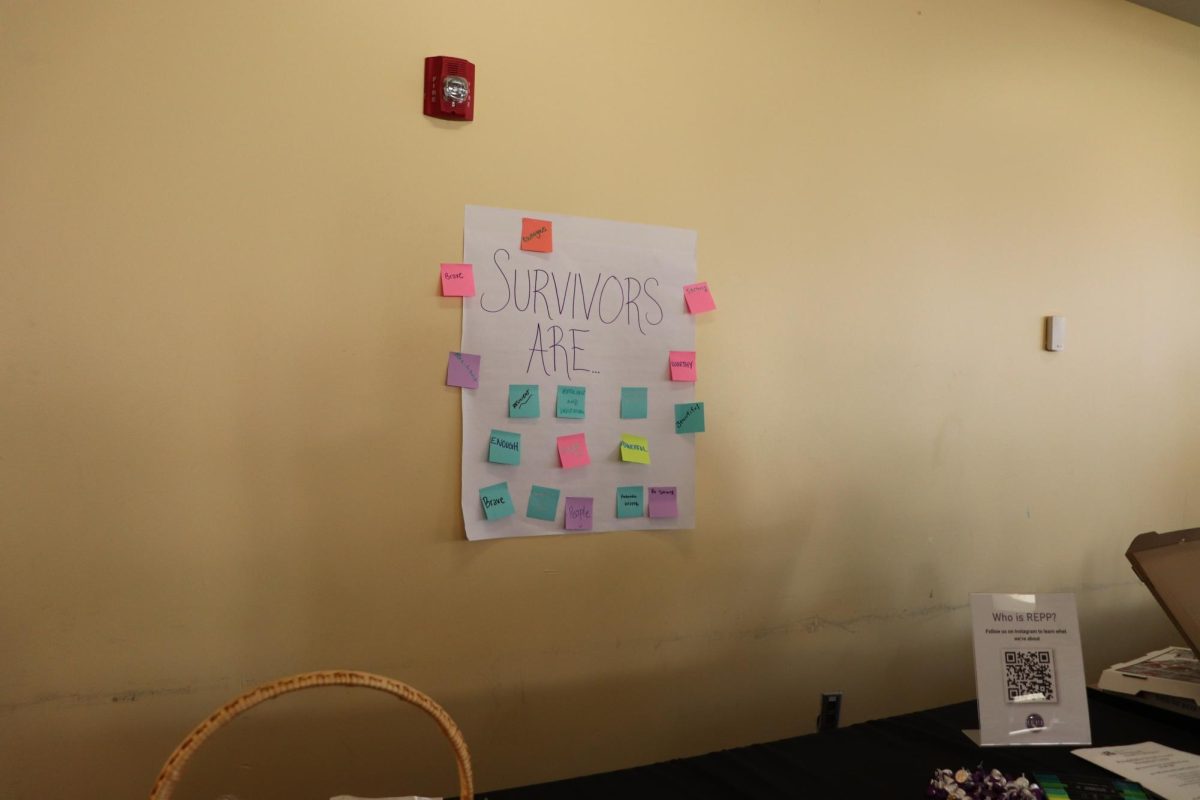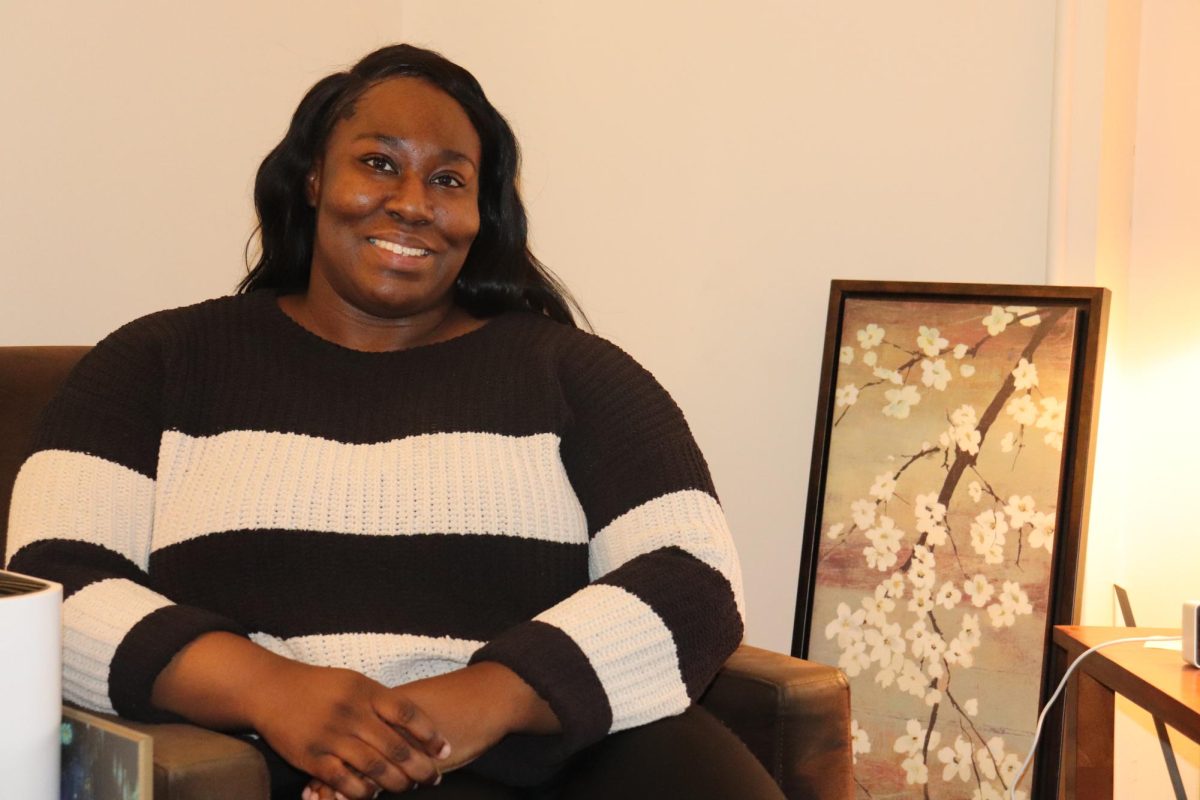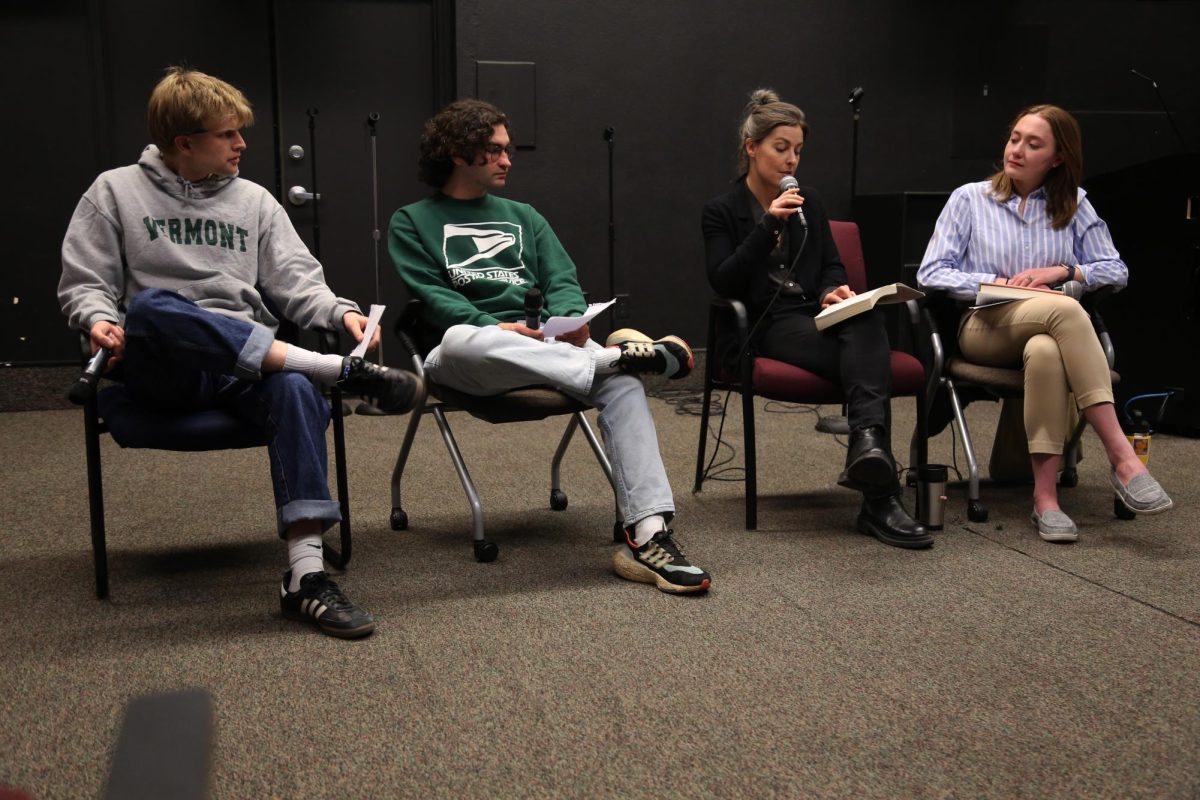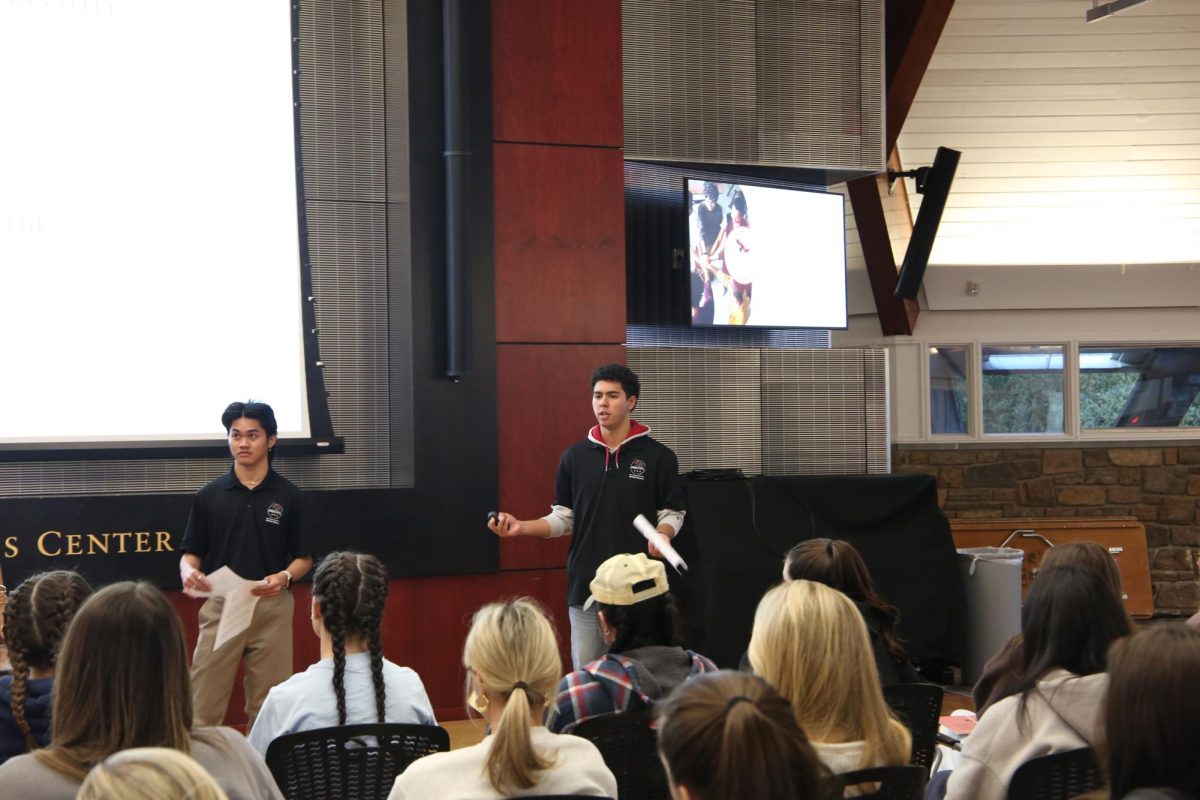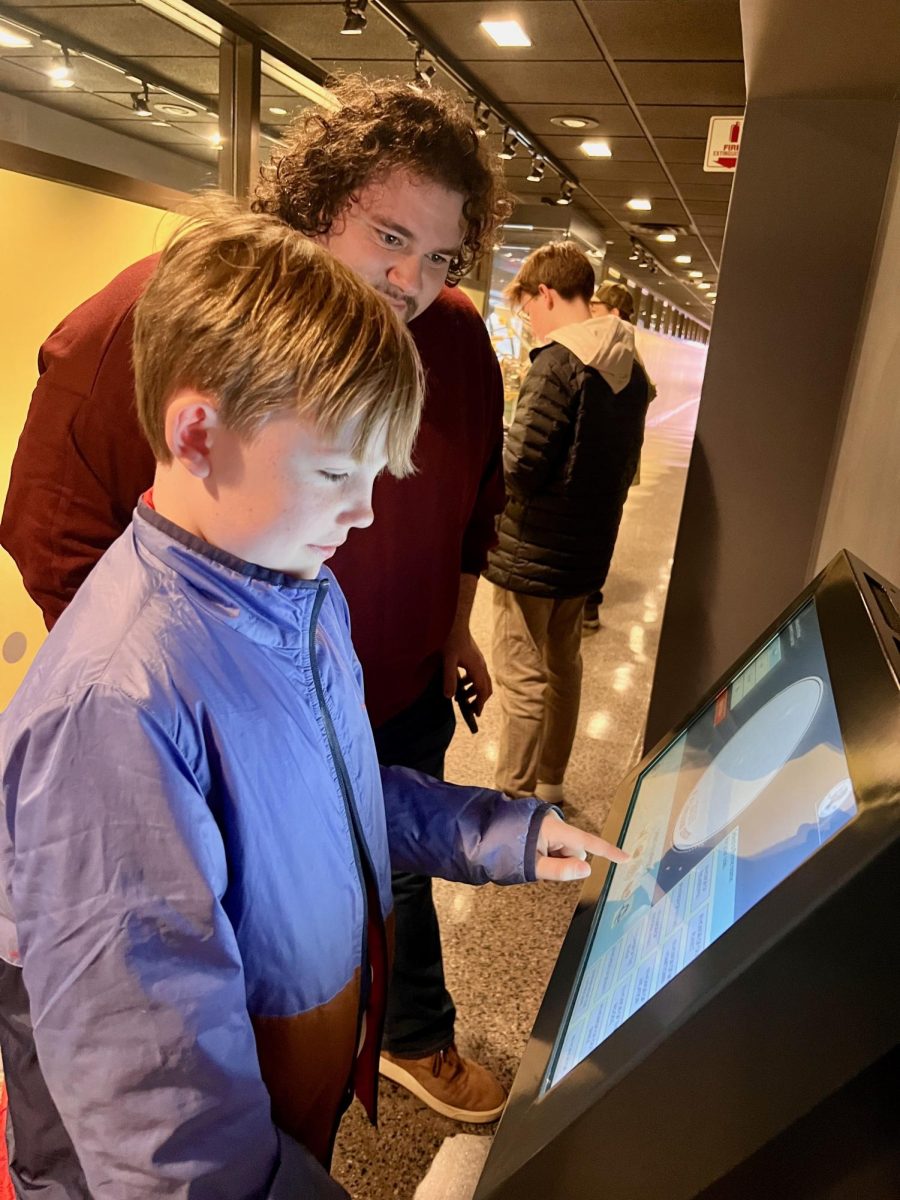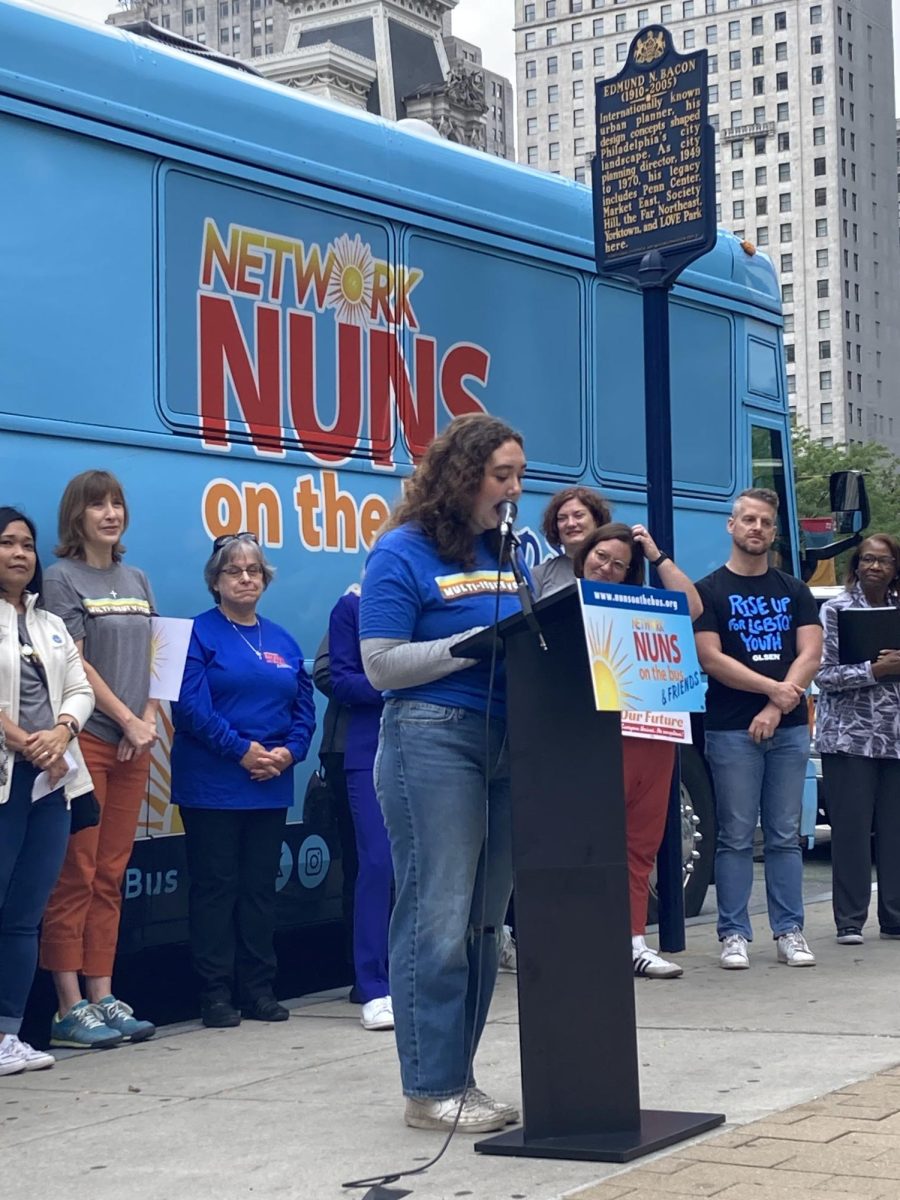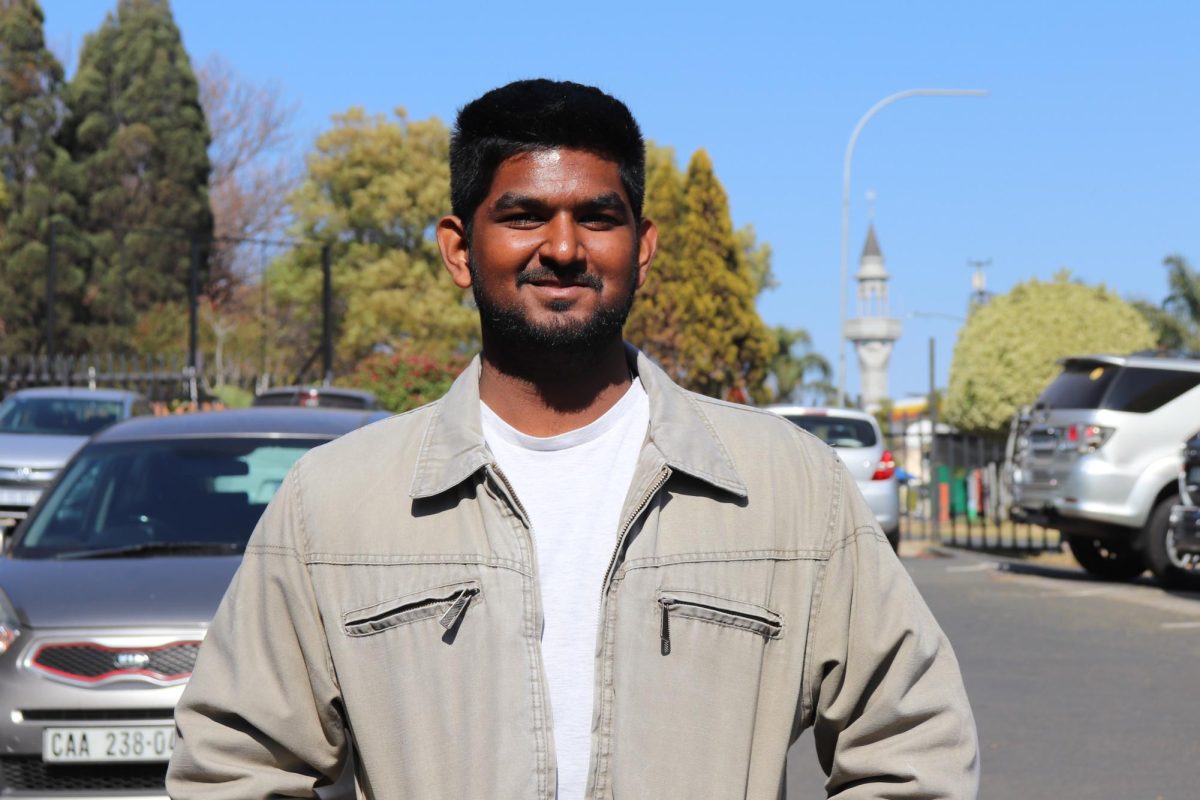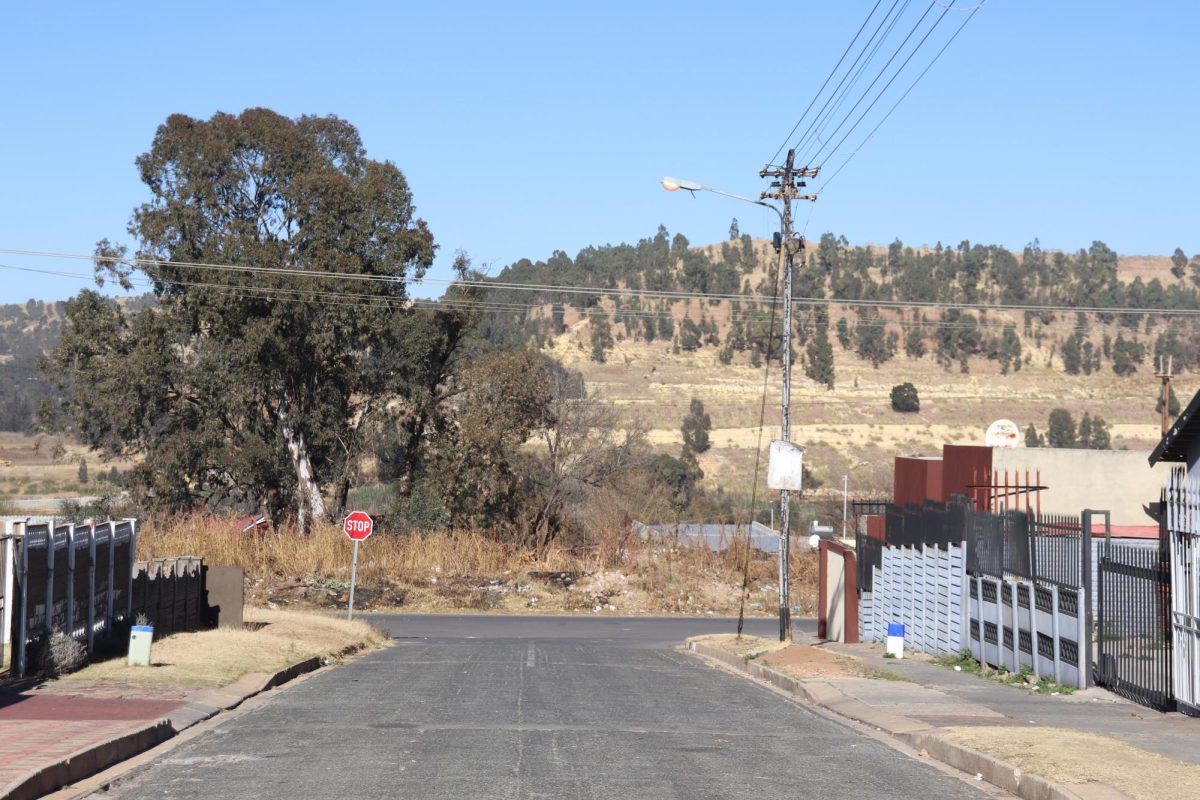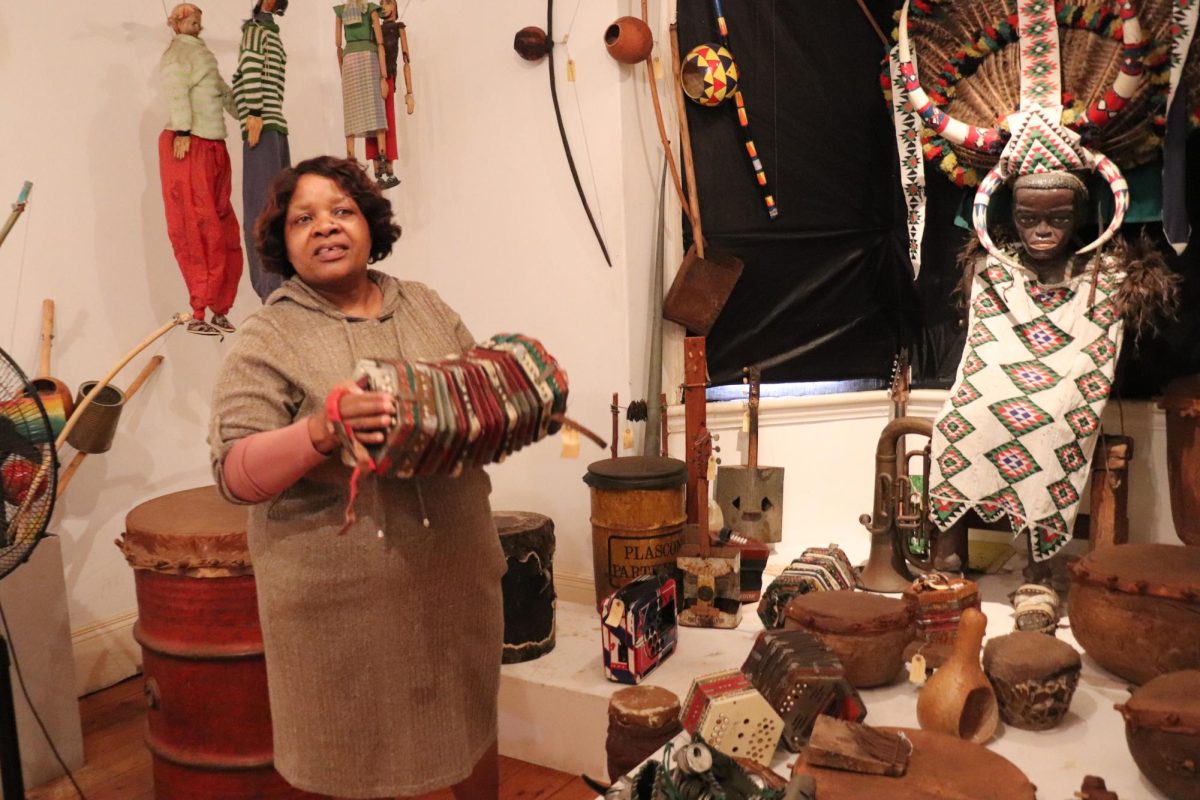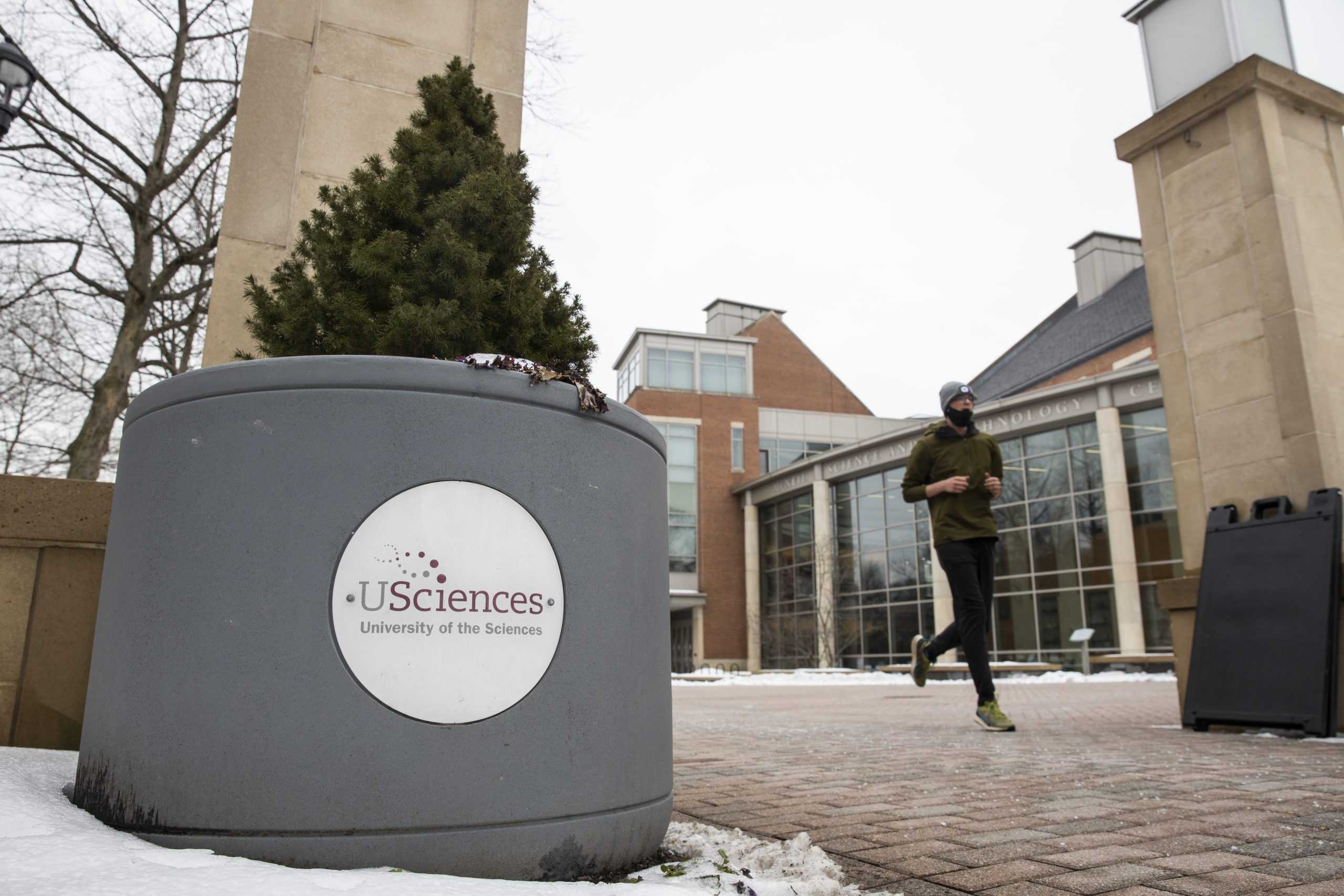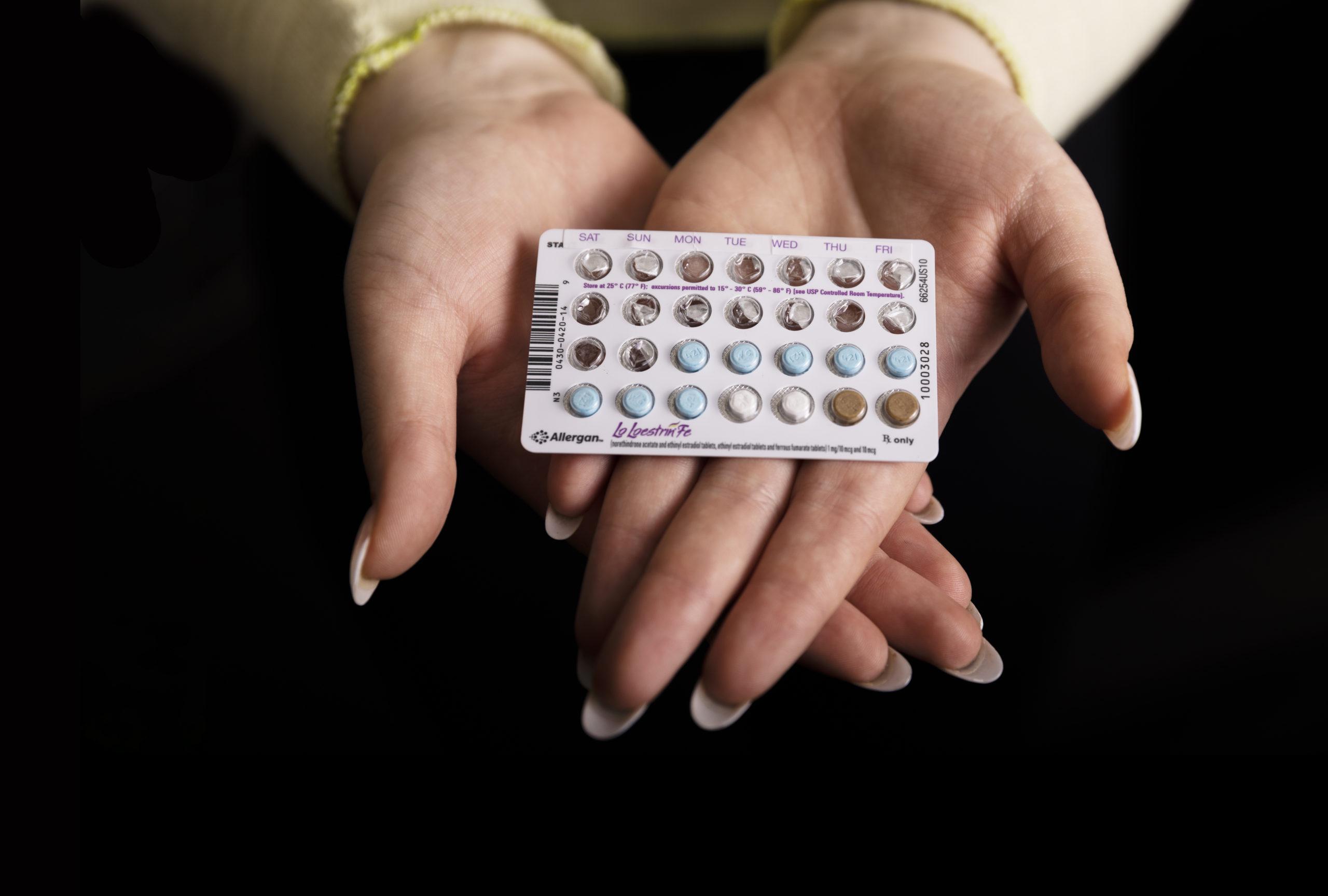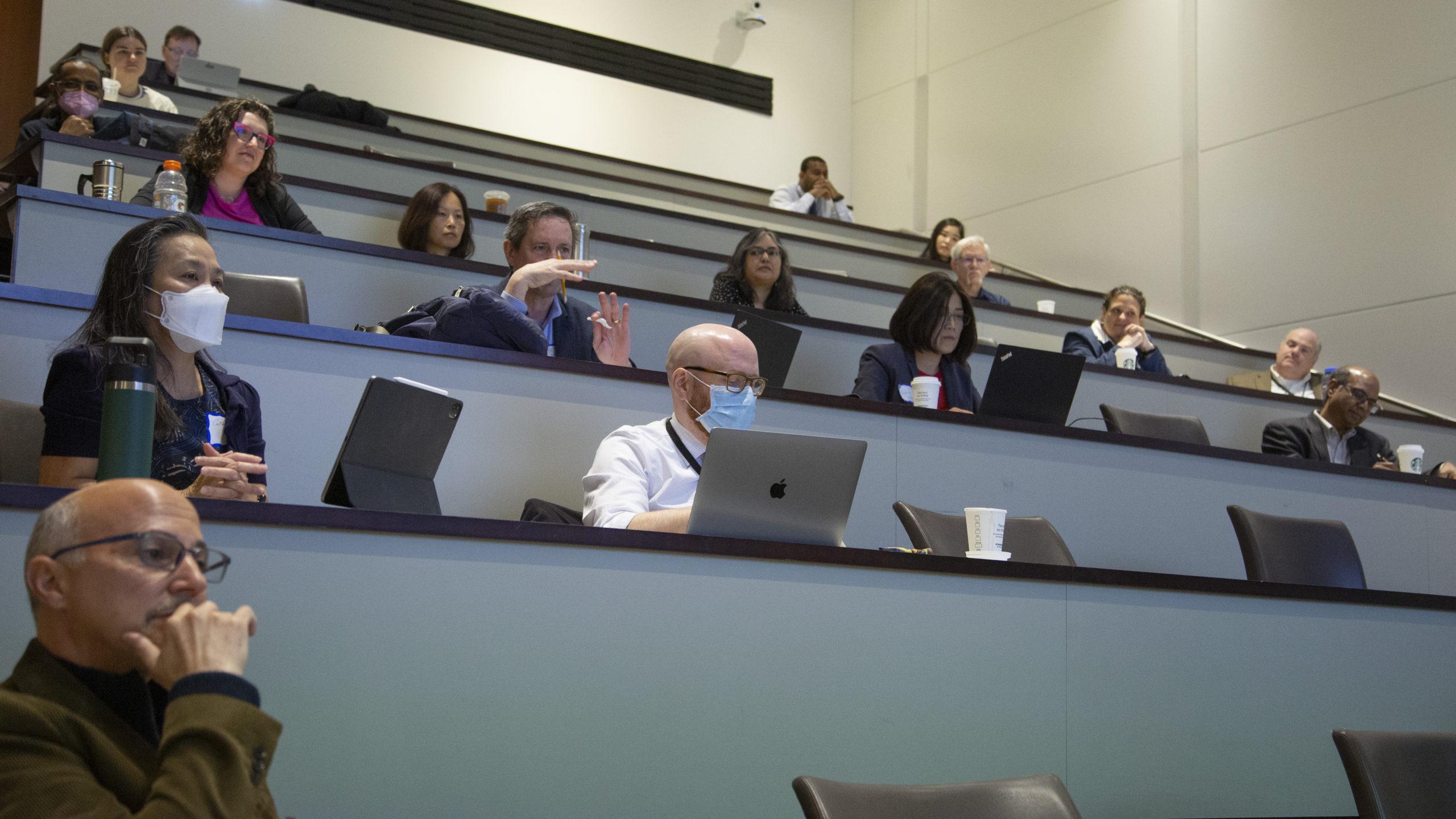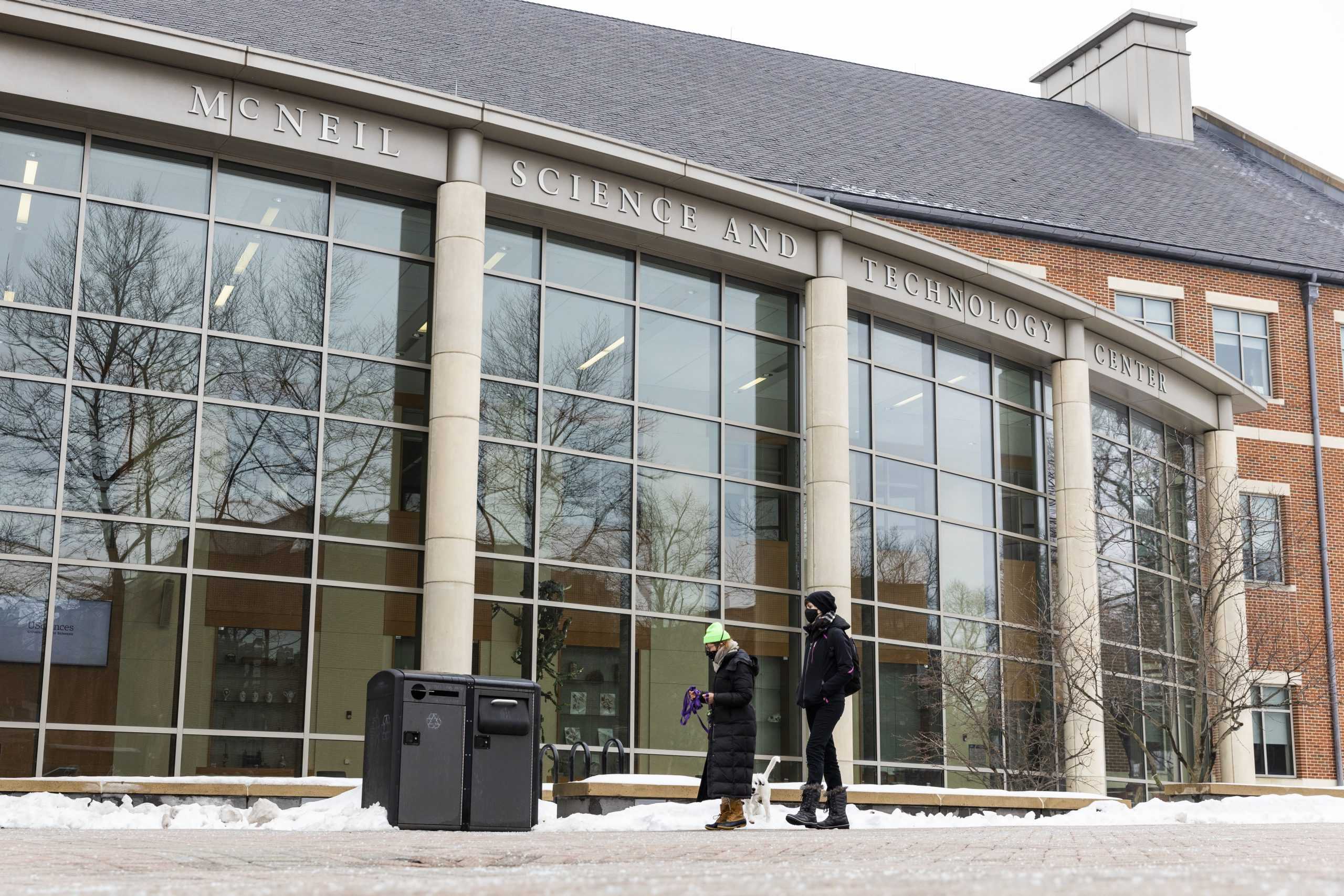St. Joe’s signed a letter of intent on Feb. 10 to evaluate a merger with the University of the Sciences.
In a Feb. 10 announcement to the campus community, St. Joe’s University President Mark C. Reed, Ed.D., said St. Joe’s will “undertake exclusive discussions to fully evaluate the benefits” of merging with USciences.
Founded in 1821 as the Philadelphia College of Pharmacy, USciences is located on a 24–acre campus in West Philadelphia.
The discussions between the two universities began last summer and have been ongoing among top leaders at each university, according to Cheryl McConnell, Ph.D., provost and vice president for Academic Affairs. Those individuals were under a nondisclosure agreement until the letter of intent was signed on Feb. 10.
McConnell clarified that a letter of intent to consider a merger is not a final definitive agreement to merge.
“There’s a period of due diligence and a period of negotiation, and that’s where we are now,” McConnell said. “It hasn’t been finalized, and then once we do decide to move forward, if we do decide to move forward, then there’s an integration process. I would imagine it’s going to take several months to do a full evaluation of the opportunity.”
While the news came as a surprise to many people at both institutions, Reed hinted at the university’s openness to a merger last October in an interview with the Philadelphia Business Journal.
“You can start the programs from scratch. You can acquire them. You can merge with another institution,” Reed said in the Oct. 29 article.
Reed’s interview created a buzz among community members, and Reed followed with a Nov. 2 announcement to the university community in which he reflected on the institution’s progress despite the pandemic.
“Although the pandemic has had an impact on all of us and will for some time, we remain ever-committed to the long view,” Reed wrote. “This includes a multi-part strategy to maintain our financial strength, to increase our academic quality and programming, enhance our campus experience and deepen our focus on diversity, equity and inclusion.”
McConnell said the possibility of a merger, while “an incredible challenge,” is an exciting opportunity that would open up new academic opportunities for students at both institutions.
“Imagine the combination programs we could have. It opens up brand new academic programs that really can be tightly aligned and cut down the cost and the time to completion for students. That’s a real tangible benefit for students,” McConnell said. “On the new sciences side, we offer so many more programs on the undergraduate level that [students] could take advantage of. The tangible benefits are extraordinary.”
USciences has three colleges, two of which focus on health and medicine: the Philadelphia College of Pharmacy and the Samson College of Health Sciences. Within these colleges, USciences offers multiple majors not currently offered at St. Joe’s, including exercise physiology, occupational therapy and physical therapy. USciences’ third college is the Misher College of Arts and Sciences.

USciences President Dr. Paul Katz wrote in a Feb. 10 email to USciences faculty and staff that a multitude of external influences prompted university officials to further explore the opportunity to merge with St. Joe’s.
“Over the past decade, higher education in the U.S. has been in a state of accelerating disruption,” Katz wrote. “The ongoing coronavirus pandemic has magnified the impact of these changes on colleges and universities. To meet the demands of a rapidly changing environment, we must think creatively and act boldly to optimally position our University for the future.”
The Hawk requested interviews with Reed and Katz. Both universities declined to grant that request.
Guilbert Hentschke, Ph.D., dean emeritus of the University of Southern California and author of “Management Operations in Education,” said institutions of higher education have specifically been facing lower enrollment rates and the rates of demographics feeding into universities are down. These external factors can contribute to a university’s decision to explore a merger.
According to a December 2020 report from the National Student Clearinghouse, overall national postsecondary enrollment fell by 2.5%, which was driven by a decline in undergraduate enrollment nationwide by 3.6% in 2020. St Joe’s enrollment, in particular, dropped from 8,415 in the fall of 2016 to 7,362 in the fall of 2019. Enrollment at St. Joe’s last fall then dropped by almost 600 more students, according to Inside Higher Ed.
Hentschke said the coronavirus pandemic compounds the negative effects of these disruptive factors by causing both shocks to a university’s revenue and expense streams. The volatility of the higher education system has affected the rates of mergers as universities are looking to plan ahead for the very near future as well as develop a sustained future for the institution.
“What you really have is an acceleration of mergers which was quiet before,” Hentschke said. “I’m not saying you contribute this all to the pandemic. But in higher ed, it’s gone from this mentality of [looking at] year to year budgets to now looking much more at both a week to week and decade to decade [budget].”
Hentschke said there are multiple factors that go into assessing the benefits and drawbacks of merging with another institution, which include factors like geography between the two institutions, program opportunities and possible cost savings. Over time, merging has become more of a strategic plan for many universities for these reasons, Hentschke said.
“You had to be ready to die. You had to be ready to go out of business before you’d even consider a merger,” Hentschke said. “Now, it’s more like a strategic tactic that you entertain. It’s more of an opportunity than a last-ditch, saving grace.”
McConnell said the possible merger for St. Joe’s is an “achievement of a strategic objective of the university” to continue to grow programs and the student body.
But there is also uncertainty that comes with these discussions, Hentschke said. Regarding the possibility of layoffs, Hentschke said while there are often layoffs, they usually come later in the process. McConnell said she does not anticipate any program closures at this point in the process.
“The purpose of the proposed merger is to grow. It’s to grow students and it’s to grow programs,” McConnell said. “It’s too early to say what may or may not happen based on a proposed merger, but the intent is not to get smaller.”
Jillian Garvey ’21, president of University Student Senate (USS), said when Reed mentioned the word “merger” in his comments to the Business Journal back in October, she didn’t think that was something actually in the works.

Garvey said she recognizes that USciences students will likely be more impacted if the universities merge, so it’s important for USS to not only act as a liaison for St. Joe’s students but also for USciences students as well.
“It’s important that we consider what the USciences students are feeling because they’re being impacted a lot more than we are,” Garvey said. “St. Joe’s is retaining the name, we’re still going to stand, our mascot is still going to be the Hawk. We’re really retaining a lot of our identity. I know that most students will face a bigger challenge than we will, so it’s really important that I get their perspectives early on.”
USciences student government president, senior Jayna Suter, did not respond to a request for an interview before the time of print.
But Jacy Lieberum, a sophomore at USciences, started a petition on Change.org titled “USciences Should Not Merge with St. Joseph’s University.” As of Feb. 15, the petition has 1,715 signatures, out of the 2,500 signature goal, from both students and community members.
Lieberum said a large part of the student body is “startled” and confused by the decision to explore a merger, so the goal of the petition is to bring awareness of students’ concerns to Katz and the board of trustees at USciences.
“We just feel like it was an interesting choice of a college to merge with just because we are so different in a lot of ways, and we don’t really fully understand the scope of the decision,” Lieberum said.
Still, as St. Joe’s moves forward with exploring the option to merge with USciences, Garvey said there is a lot to look forward to.
“I think St. Joe’s is aware of how challenging the merge is going to be when it comes to working out the logistics and every nitty-gritty detail,” Garvey said. “But, I think there’s also a lot of excitement to come about redefining the future of St. Joe’s.”
Carly Calhoun ’21 contributed to this reporting.


